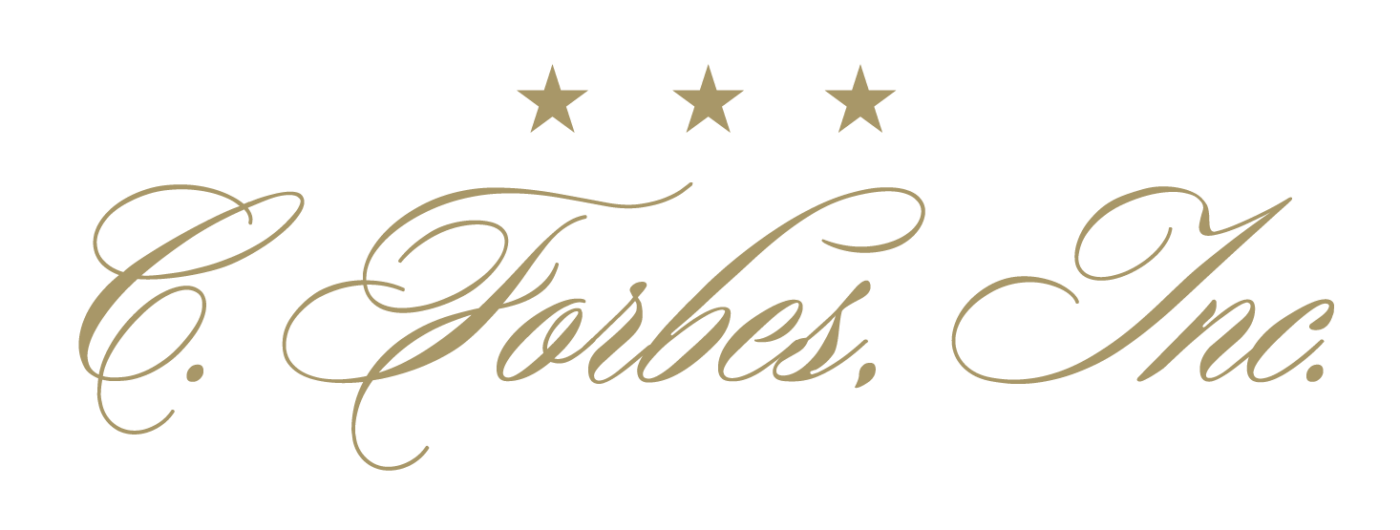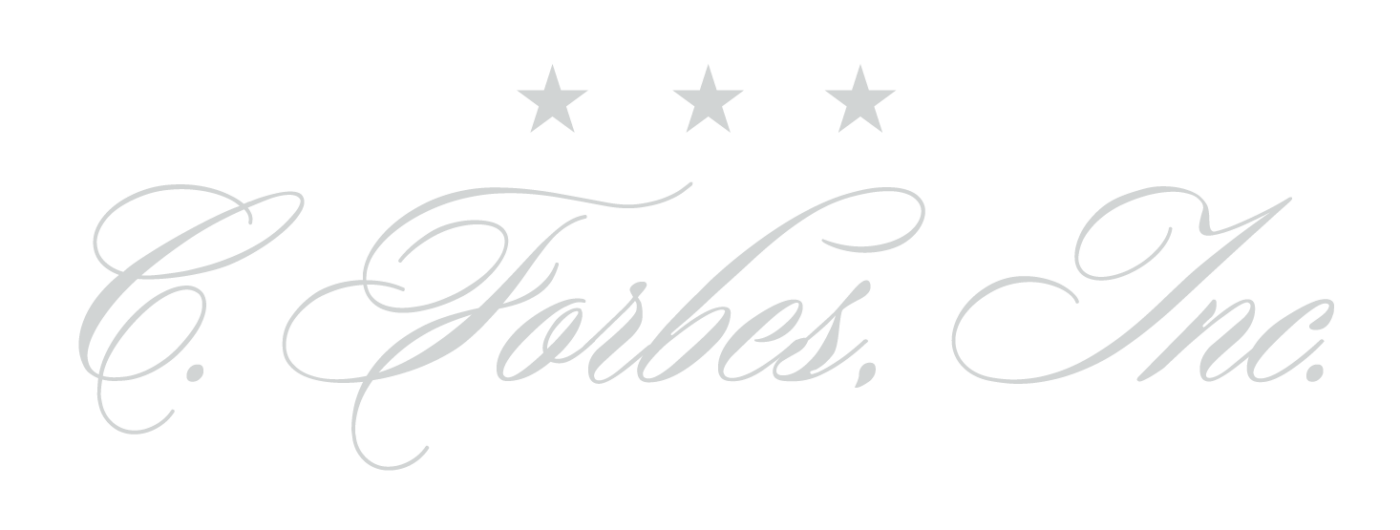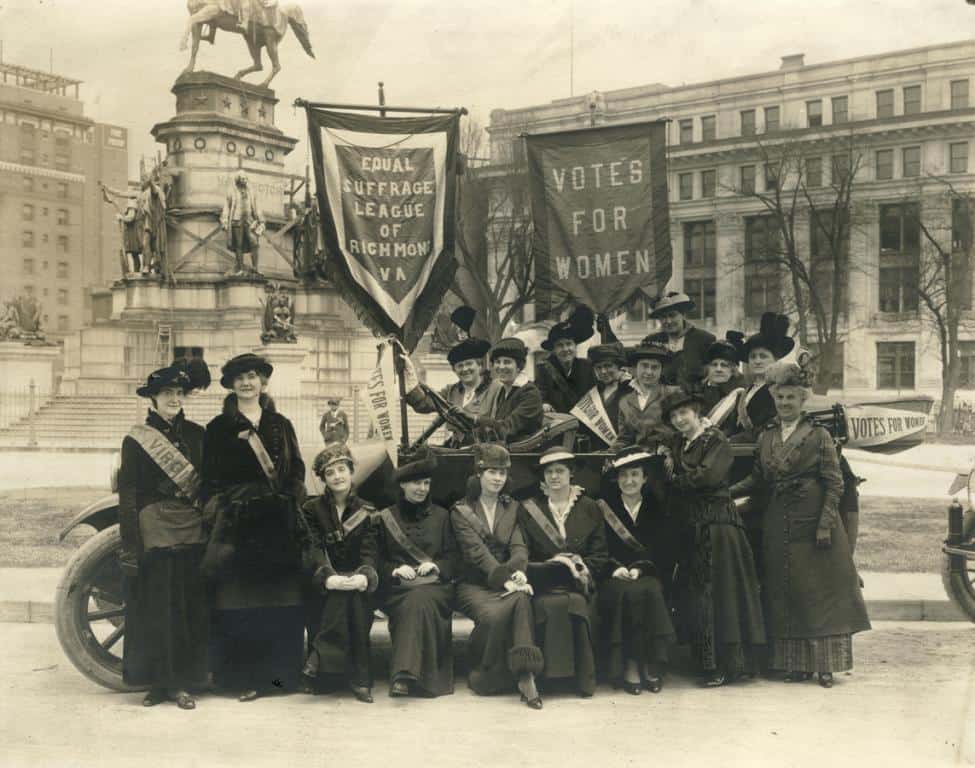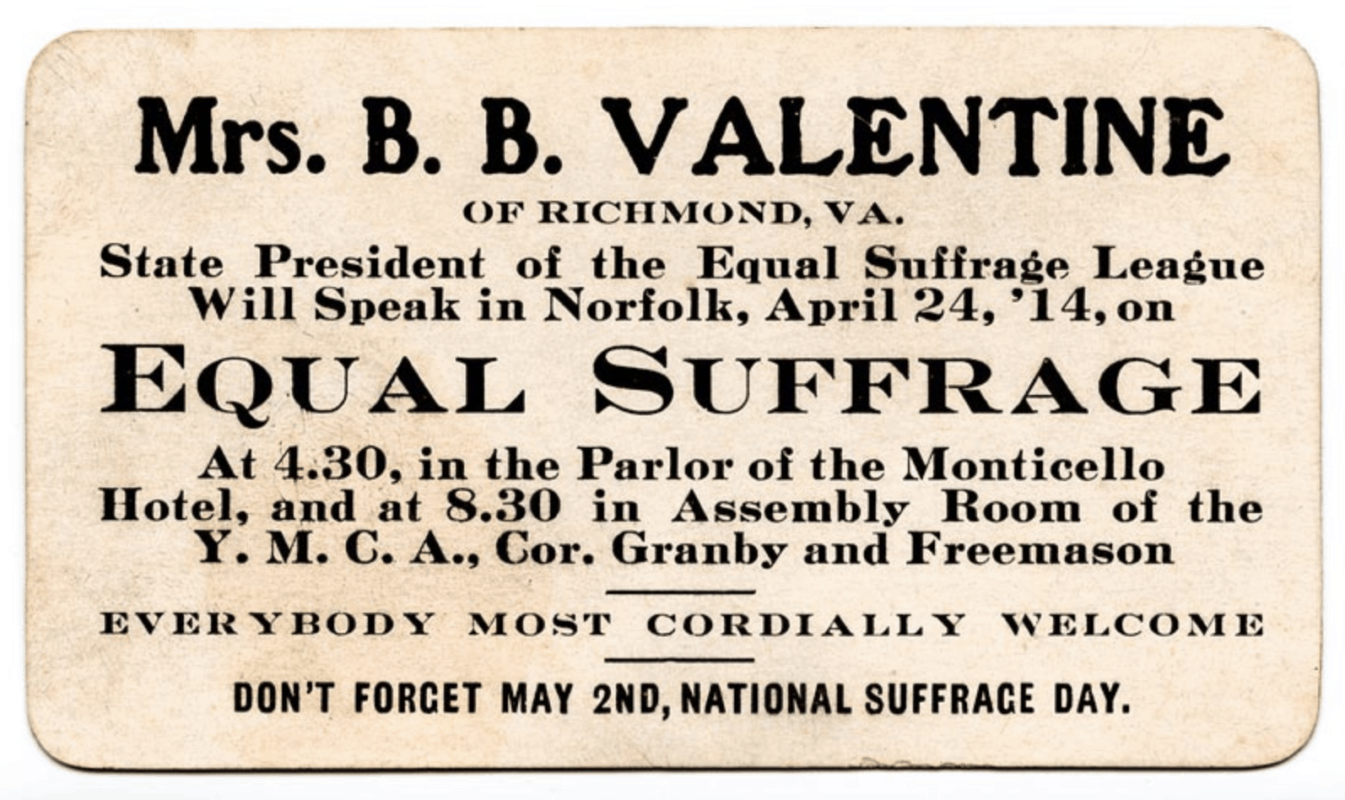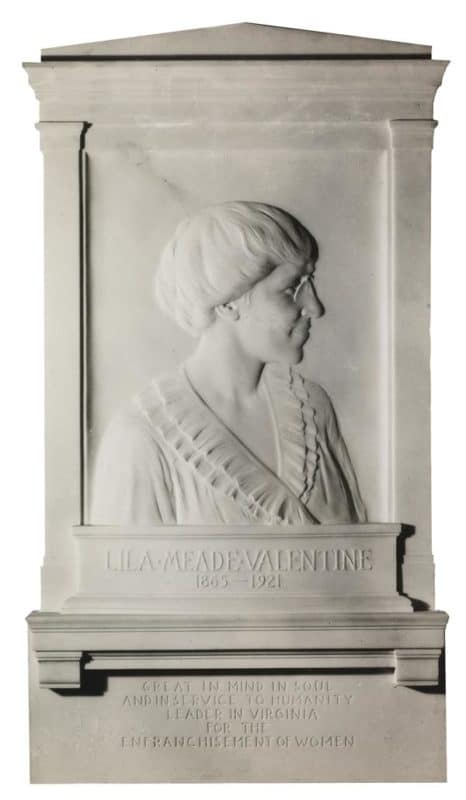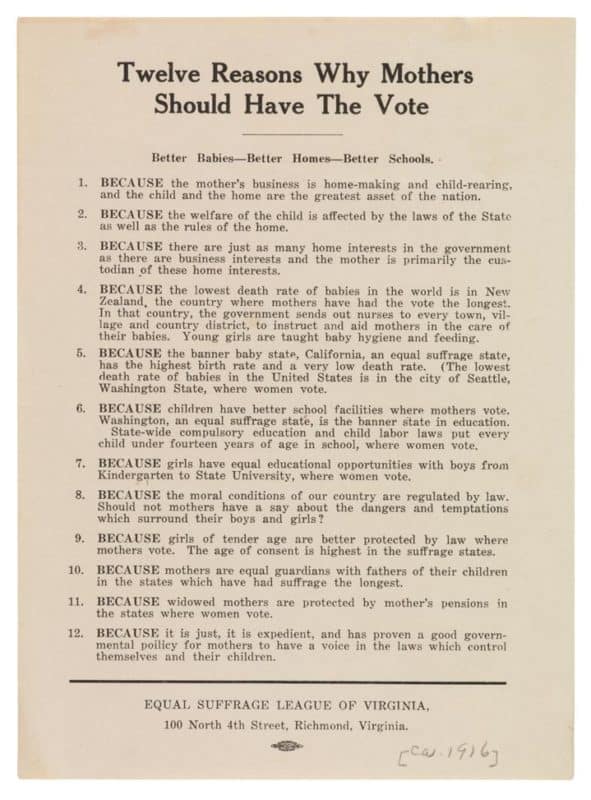While a woman’s right to vote officially became the law of the land in 1920, legislators here in Virginia didn’t exactly race into the streets to celebrate. The newly-ratified 19th Amendment, which had the backing of 40 states in 1920, officially got the backing of Virginia’s General Assembly…in 1952.
Yes, 32 years after women first had the green light to enter the ballot box.
WomensVote100.shop – Celebrate the 2020 centennial of the 19th Amendment by supporting the work of WomensVote100.org. The shop opens Friday, Nov. 29, 2019.
Perhaps elected officials in Virginia were clinging to the words of local lawyer Conway Whittle Sams, who in 1913 called the women’s suffrage movement a “craze.” In any event, Virginia became one of nine Southern states that would not ratify the 19th when it was first able to do so. After voting against ratification, Virginia’s House of Delegates passed a resolution calling the 19th “unwarranted, unnecessary, undemocratic, and dangerous.”
The legislators’ stubbornness has absolutely zero impact on voting in the Commonwealth. Women were busy ignoring the General Assembly and getting involved in politics. Here are some of political and social milestones they achieved before Virginia’s legislature got around to ratifying the 19th:
- In October 1920, two months after the 19th became law, 13,000 women in Richmond alone had registered to vote.
- In the elections of 1923, two women became the first females elected to our General Assembly: Sarah Lee Fain of Norfolk and Helen Timmons Henderson of Buchanan County. (We suspect that may have made a few of their legislative colleagues realize that women were on the political scene to stay.)
- By 1924, there were six women in the General Assembly.
While that may sound like women’s political progress became unstoppable, it did not: there was a significant bump in the road. By 1933, the General Assembly was once again an all-male institution and it wasn’t until 1953, a full 20 years later, that another woman was elected to the state legislature.
Progress for women in Virginia politics remained slow for at least another decade. In 1961, Hazel K. Barger became the Republican nominee for lieutenant governor, though she wasn’t elected. It wasn’t until 1979 that a woman was elected to the Virginia Senate; 1985 until a woman was elected to statewide office (Mary Sue Terry as attorney general); and 1992 until a woman was elected to the U.S. Congress from Virginia (Leslie Byrne of Fairfax in a district added to Virginia after the 1990 census).
Women in office in Virginia has become, today, a non-issue. In fact, after the recently completed 2019 races, women now hold their highest number of General Assembly seats in state history: 30 seats in the 100-member House of Delegates and 11 in the 40-member Senate. The first female Speaker of the House, Eileen Filler-Corn, was chosen by her party just days ago. In addition, nearly 90 women ran for General Assembly seats, also a historic high.
In addition, Virginia Governor Ralph Northam has appointed eight women to his 16-member Cabinet.
Women currently make up approximately 51 percent of Virginia’s population.
WomensVote100.shop – Celebrate the 2020 centennial of the 19th Amendment by supporting the work of WomensVote100.org. The shop opens Friday, Nov. 29, 2019.
